![]()
![]()
![]()
Use LEFT and RIGHT arrow keys to navigate between flashcards;
Use UP and DOWN arrow keys to flip the card;
H to show hint;
A reads text to speech;
16 Cards in this Set
- Front
- Back
- 3rd side (hint)
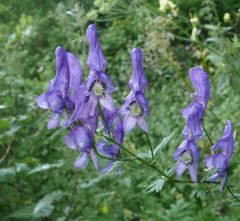
|
Aconitum also known as aconite, monkshood, wolf's bane, leopard's bane, mousebane, women's bane, devil's helmet, Queen of all Poisons, or blue rocket, is a genus of over 250 species of flowering plants belonging to the family Ranunculaceae. These herbaceous perennial plants are chiefly native to the mountainous parts of the northern hemisphere,[3] growing in the moisture-retentive but well-draining soils of mountain meadows. Most species are extremely poisonous [4] and must be dealt with carefully. |
Queen of all Poisons |
|

|
Agapanthus The name is derived from scientific Greek: αγάπη (agape) = love, άνθος (anthos) = flower. Some species of Agapanthus are commonly known as lily of the Nile (or African lily in the UK), although they are not lilies and all of the species are native to Southern Africa (South Africa, Lesotho, Swaziland, Mozambique) though some have become naturalized in scattered places around the world (Australia, Great Britain, Mexico, Ethiopia, Jamaica, etc.).[1][4] |
(agape) = love |
|
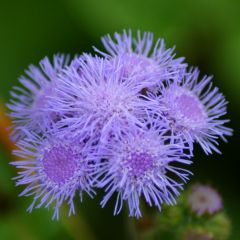
|
AGERATUM Other common names Mexican paintbrush 'Blue Horizon'GenusAgeratum can be annuals, perennials or shrubs, usually bushy in habit, with simple ovate leaves and small fluffy blue, pink or white flower-heads in summer and autumnFamilyAsteraceae / Asteraceae |
Mexican paintbrush |
|

|
Alchemilla mollis, Lady's Mantle, is an herbaceous perennial plant native to southern Europe and grown throughout the world as an ornamental garden plant. It grows 30 to 45 cm (12 to 18 in) tall, with leaves that are palmately veined, with a scalloped and serrated margin. The chartreuse yellow flowers are held in dense clusters above the foliage. This plant,[1] together with a similar but dwarf variety, A. erythropoda,[2] has gained the Royal Horticultural Society's Award of Garden Merit. |
Lady's Mantle |
|
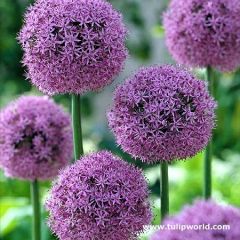
|
Allium from the onion genus comprises monocotyledonous flowering plants and includes the onion, garlic, chives, scallion, shallot, and the leek as well as hundreds of wild species. Allium species are herbaceous perennials with flowers produced on scapes. They grow from solitary or clustered tunicate bulbs and many have an onion odor and taste. |
from the onion genus |
|
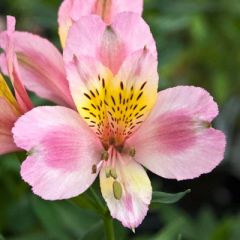
|
Alstroemeria, commonly called the Peruvian lily or lily of the Incas, is a genus of flowering plants in the family Alstroemeriaceae. They are all native to South America although some have become naturalized in the United States, Mexico, Australia, New Zealand, Madeira and the Canary Islands. Almost all of the species are restricted to one of two distinct centers of diversity, one in central Chile, the other in eastern Brazil. |
Peruvian lily |
|

|
Amaranthus caudatus is a species of annual flowering plant indigenous to Peru, Africa and India. Hanging Amaranthus goes by common names such as love-lies-bleeding, pendant amaranth,tassel flower, velvet flower, foxtail amaranth, and quilete. |
foxtail |
|
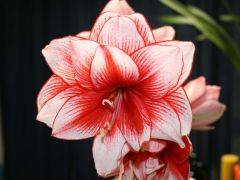
|
AMARYLLIS is a small genus of flowering bulbs, with two species. The better known of the two, Amaryllis belladonna, is a native of the Western Cape region of South Africa, |
A. belladonna |
|
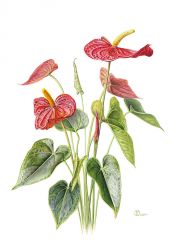
|
ANTHURIUM is a genus of about 1000 species of flowering plants, the largest genus of the arum family, Araceae. General common names include anthurium, tailflower, flamingo flower, and laceleaf. The genus is native to the Americas, where it is distributed from northern Mexico to northern Argentina and parts of the Caribbean. |
Flamingo Flower |
|

|
ASTER SEPTEMBER This fall-blooming herb with daisy-like flowers is also called the September flower and is said to symbolize love, faith, wisdom and colour, which blooms in pink, red, white, lilac and mauve. |
Aster |
|
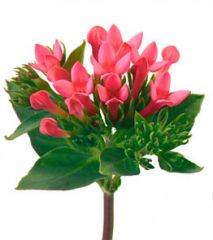
|
Bouvardia is a genus of flowering plants in the Rubiaceae family. It contains about 50 species of evergreen herbs and shrubs native to Mexico and Central America, with one species extending into the southwestern United States (B. ternifolia, in Arizona, New Mexico, Texas). The genus is named in honor of Charles Bouvard (1572–1658), physician to Louis XIII, and superintendent of the Jardin du Roi in Paris. |
Charles Bouvard |
|
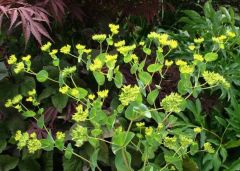
|
BUPLEURUM Bupleurum is a very large genus of plants of the Apiaceae family, represented by 185 to 195 species |
green gold |
|
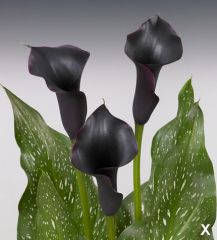
|
Calla Lily 'Cantor' is one of the newest black calla lily varieties. Tall, upright blooms with a glossy deep purple/black hue. Leaves of 'Cantor' are medium green, very lanceolate and flecked with white. The calla lily--both exotic and dramatic, the epitome of grace in cut flower arrangements and just striking in beds, borders and containers.Zantedeschia is native to southern Africa. 'Cantor' is a new 2010 introduction. |
Black Calla |
|
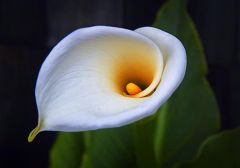
|
Calla Lily, a genus of common flowering plant in the family Araceae, containing the single species Calla palustris, native to cool temperate regions of the Northern HemisphereZantedeschia, a genus of herbaceous flowering plants in the family Araceae, native to southern AfricaZantedeschia aethiopica, a species of flowering plant in the family Araceae, native to southern Africa, common names calla lily |
Zantedeschia |
|

|
Celosia is a small genus of edible and ornamental plants in the amaranth family, Amaranthaceae. The generic name is derived from the Greek word κηλος (kelos), meaning "burned," and refers to the flame-like flower heads. Species are commonly known as woolflowers, or, if the flower heads are crested by fasciation, cockscombs. The plants are well known in East Africa’s highlands and are used under their Swahili name, mfungu. |
|
|
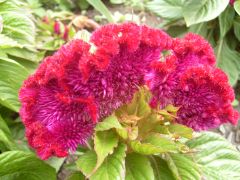
|
Celosia argentea var. argentea or Lagos spinach (a.k.a. quail grass, Soko, Celosia, feather cockscomb) is a broadleaf annual leaf vegetable. It grows widespread across Mexico, where it is known as "Velvet flower", northern South America, tropical Africa, the West Indies, South, East and Southeast Asia where it is grown as a native or naturalized wildflower, and is cultivated as a nutritious leafy green vegetable. It is traditional fare in the countries of Central and West Africa, and is one of the leading leafy green vegetables in Nigeria, where it is known as ‘soko yokoto’, meaning "make husbands fat and happy". In Spain it is known as "Rooster comb" because of its appearance. |
Rooster comb |

